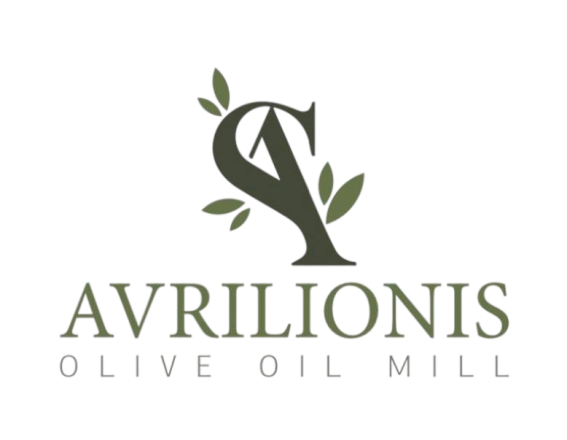Shopping Bag
No products in the cart.
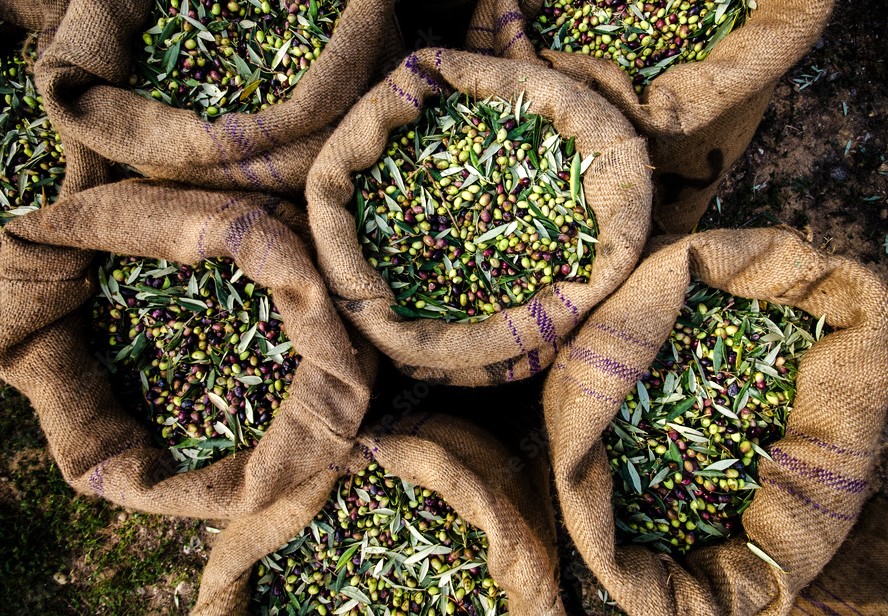
The yeast for ideal olive oil.
The harvesting of olives, the method, and the ideal timing are undoubtedly among the main factors affecting the quality of the produced olive oil. The harvesting period typically begins in early October with very early and unripe olives and finishes by mid-January with the most mature and overripe ones. The choice of the appropriate harvesting period depends on the desired quality characteristics of the produced olive oil. The more unripe and green the fruit, the more bitter and spicy the resulting olive oil will be.
The olives are collected by the producers using mechanical means and placed in jute bags or special plastic pallet bins. At the latest, within 18 hours of harvesting, the fruit is transported to the olive mill, where the extraction process begins, and the valuable olive oil is stored in our tanks.
The transport of the olive fruit to the olive mill is either handled by the producer or taken care of by the olive mill. Immediate transport and extraction of the olive fruit are key to the quality of the produced olive oil. At our olive mill, the transport is carried out within 4 to 15 hours from the harvest, ensuring that the fruit remains fresh, its quality characteristics, such as acidity, are preserved, and fruit damage, such as mold and fermentation, is avoided.

The olive oil production process begins with the cleaning of the fruit. In the first stage, defoliation takes place, where the fruit is separated from any foreign materials (leaves, branches, etc.). In the second stage, washing occurs, removing dirt, and the fruit is then transferred clean to the next stages of the production process.
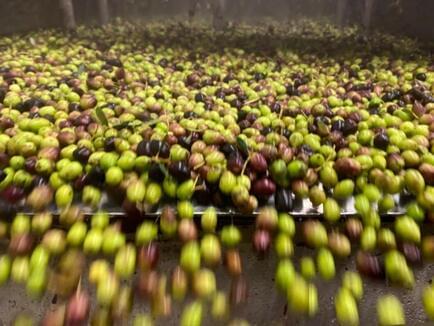
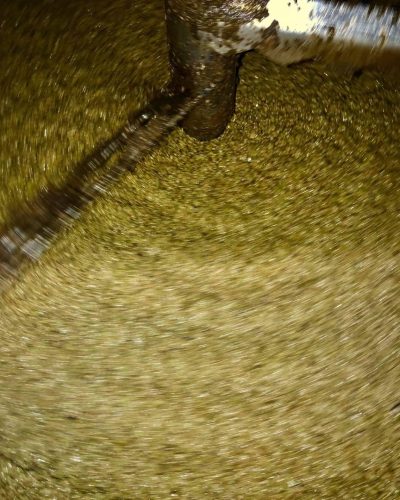
The preparation of the olive paste is one of the most critical stages for highlighting the quality characteristics of the produced olive oil. Before the fruit is transferred to the malaxers, it is first sent to the crushers, where the olive fruit is broken down, or rather, pulped into olive paste. The mixture created from crushing the fruit is then transferred to the malaxers, where it is stirred for a specific period, depending on the desired quality of the final product. Malaxing is carried out in state-of-the-art vertical rotation malaxers to achieve the least possible contact of the olive paste with oxygen, preserving the quality characteristics of the olive oil to be produced. The temperature is automatically monitored and adjusted throughout the entire process.
After the malaxation process, the next step is the centrifugation of the olive paste. The paste is fed into three new generation Decanter centrifuges, with dual-phase operation, which work in parallel. During centrifugation, the liquid and solid components of the paste are separated. The olive oil is separated from the remaining olive pit, which is then sent for further processing in pit processing plants. The olive oil is then directed to the final stage, the separator.

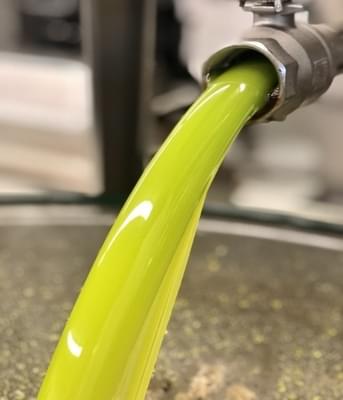
When the first centrifugation process is completed, the olive oil undergoes a second, faster centrifugation in the separator. At this stage, the separation of liquids with different densities takes place. Any remaining moisture and other liquids are removed, ensuring that the olive oil is completely free from any foreign substances and can maintain its quality characteristics for a longer time. The final product is analyzed and evaluated, allowing for the proper separation, classification, and eventual storage.
